A Northern Harvest
BLUEBERRY PICKING IN THE U.P.
Marquette, MI – Bend and kneel. Feel grains of sand, pointed-pine needles, and sticky aspen chafe dig into wrinkled knee skin. The sandy two-track, edged in jack pines and quivering poplars, bakes in full sun, but the road-side is comfortably shaded.
The berries grow best where sun and shade meet, clumping in blue bunches and dangling from little-leafed bushes close to the ground. I am reminded of penance as the sun heats the back of my neck and sand grates tender skin.
My fingers, marked blue, hesitate over the stainless steel bucket before moving to my mouth, which is rapidly becoming blue as my fingers. A mocking jay call ricochets off straight-rowed stands of planted pines.
I stand—thighs strain and aching shoulders stretch in protest. My geriatric German Shorthair, Gus, bumbles into me. “Hey!” I exclaim with a mix of affection and annoyance. He stops mid-wuffle, gray eyebrows raised and whole blueberries stuck to pink gums and loose lips. With a snort he continues chomping.
“Get your own patch of blueberries,” I grumble, emphasizing my point with a gentle shove to his solid rump. My boyfriend, Orson, looks up from a patch of blueberries growing out of a crumbling stump, his full mouth widening into a knowing smile as Gus meanders his way.
With mock sternness Orson cautions the blueberry-devouring dog, “Don’t even think about it,” and points a finger away from his foraging territory. Gus snorts and ambles a few feet, his big clumsy feet crushing berries as he shuffles.
Orson gathers fat purple berries off a stump in the process of becoming soil. The particles of wood feel more like moist earth than the ghost of sturdy pine lingering within the disintegrating tree base.
Was this stump newly hewn, bleeding amber drops of pitch into a hot July afternoon or recently charred and baptized in winter snow when Hemingway wrote his Nick Adams into the history of this sandy stretch of inland Upper Peninsula?
I toss a handful of blueberries into my mouth and smile as Orson does the same.
Blueberries, from the Vaccinium Family, have benefitted tremendously from their usefulness to humans. Recently coined a “super food,” our societal demand has lead to large-scale blueberry cultivation. Michigan harvests the majority of the nation’s highbush blueberry crop—87 million pounds in 2012.
Driving home, windows down and soft summer light filtering through the trees, we nibble from our full berry bucket, tongues, lips, and fingertips stained blue from Anthocyanin, the pigment contained in the true-blue-blueberry.
Before it became a super food, before the advent of canning and processing in the 1900s, before being used to prevent scurvy in Civil War soldiers, the blueberry was eaten and revered by Native Americans as both food and medicine. Added to soups and stews, dried berries were a staple in cold Northern regions where winter snows blanket the land and necessary nutrients are hard to come by.
These little blue spheres that roll like mercury in the palm of my hand, perfect and sweet, are an ancient food, following humanity from our earliest myths and origins into their present claim to fame: being “good for” everything from helping cure cancer to weight loss.
When we get home, I gently shake a small pile of blueberries into a tin pie pan. Careful not to spill or bruise, I shake the tin pan back and forth causing leaves, bugs, and bits of plant matter to separate from the indigo orbs. Cooking possibilities flip through my mind like imagines on microfiche: crisp, cobbler, jam, covered in chocolate, muffins, pancakes, scones, and that fascinating clafoutis recipe I want to try.
Orson comes to stand beside me, and together we peer at the bounty in the bucket on the worn wooden table. I feed us each a berry, and the juice breaks blue and fragrant as I press my lips together.
I make a salad with spinach from my father’s garden, dotted snowy clumps of blue cheese, and salty slivers of bacon. The blueberries, sprinkled by the palm full, lie like jewels against the spinach’s emerald green leaves. A reduction of balsamic, pomegranate molasses, and honey fills the kitchen with vinegary tang, making my eyes tingle and sting.
Before serving the salad I chop brown walnut buttons into slivers and toast them in a thick black pan. These walnuts, given to me for Christmas by my father, came from the tree in the front yard of my childhood home.
Black walnuts have a fruitier flavor than traditional walnuts and their hull stains hands, clothing, and anything else it touches a deep black that doesn’t wash off easily. The exterior is so hard that in order to retrieve the meat, my father backs over the nuts with his truck tires.
As the meal comes together I trace the origins of the salad’s ingredients. The food on my plate is a living history of humans and plants evolving together. This fruit that feeds me tonight was both medicine and food to others that lived on this Northern Michigan soil.
When sweet blue surges across my tongue, I remember the sun’s warmth in the blueberry fields as I bent my knees in a gesture of harvest and homage performed by generations before me.











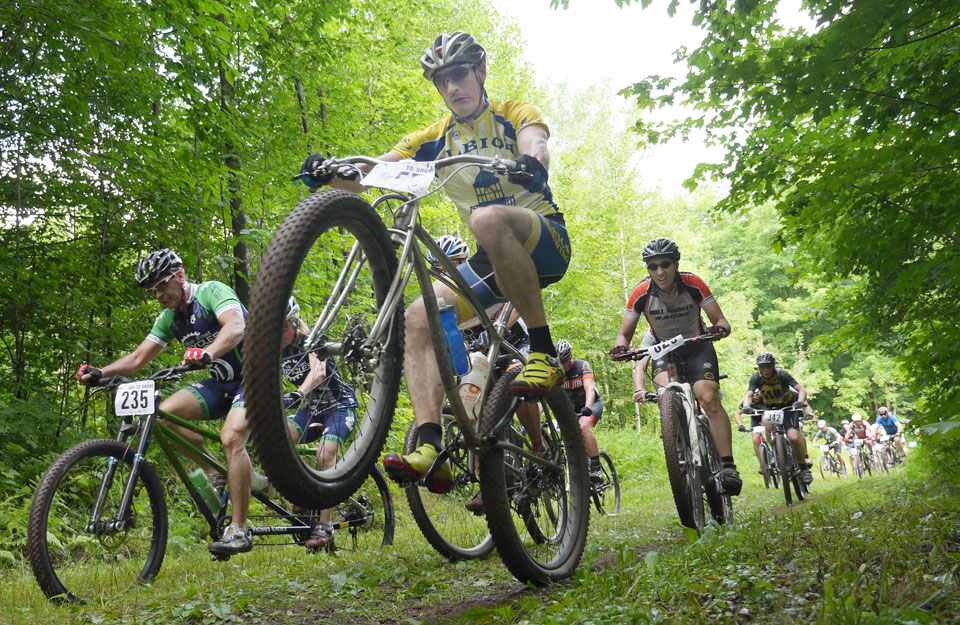
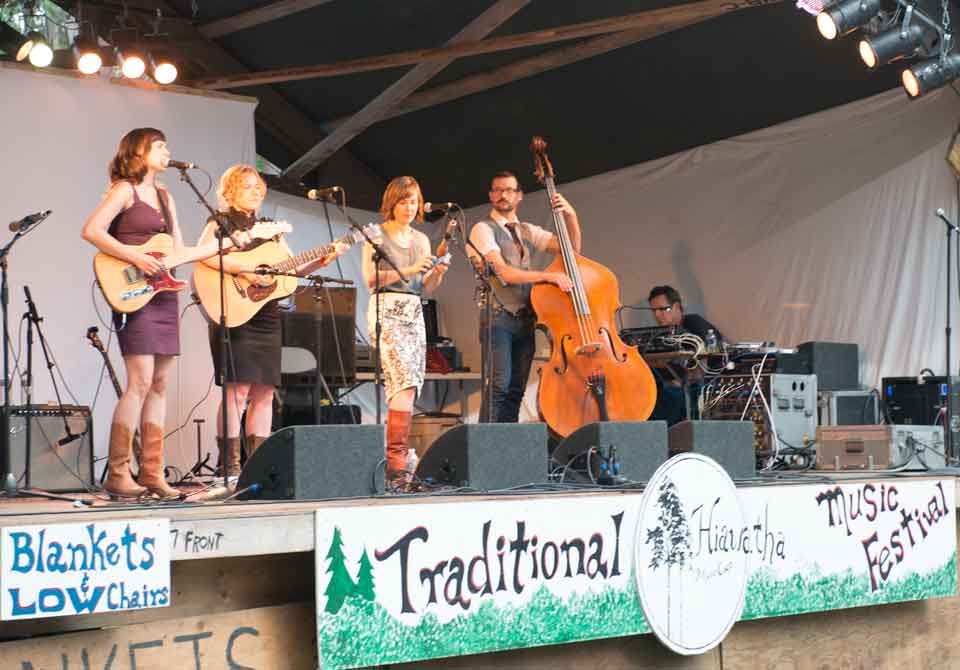
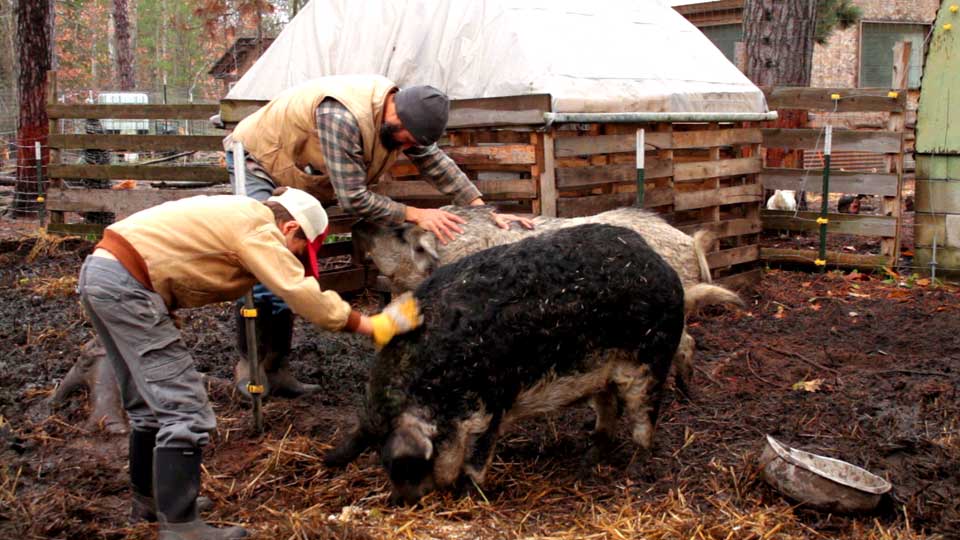

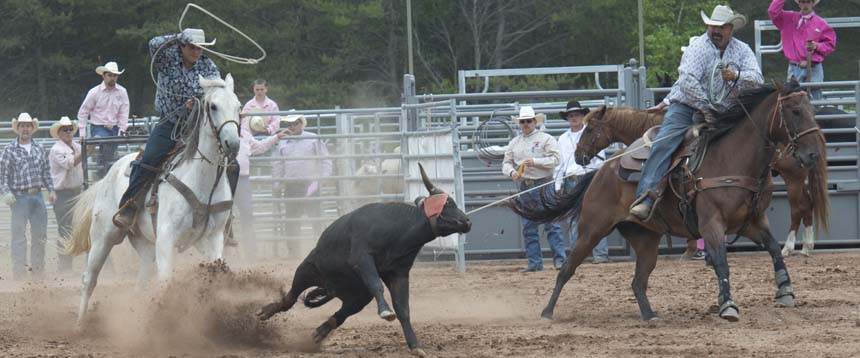
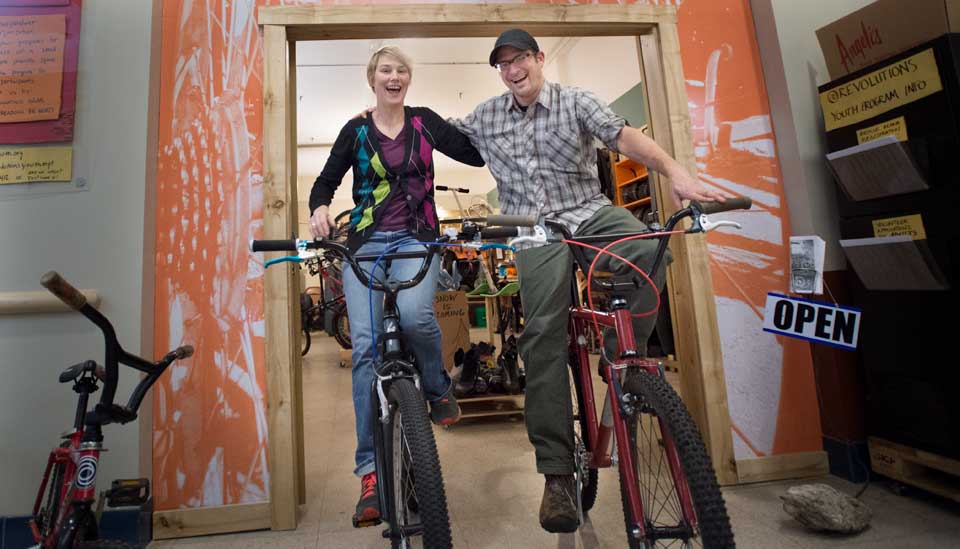
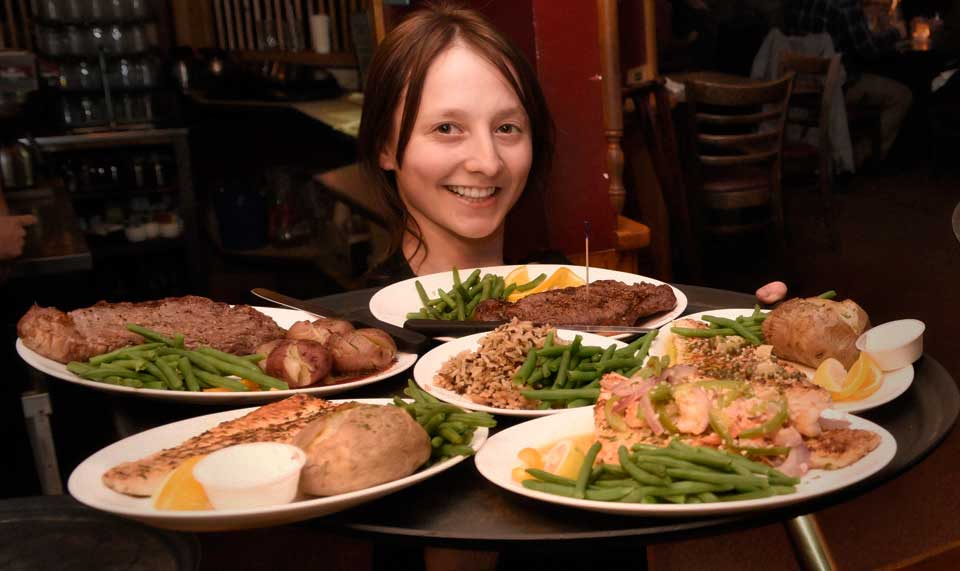
You must be logged in to post a comment Login